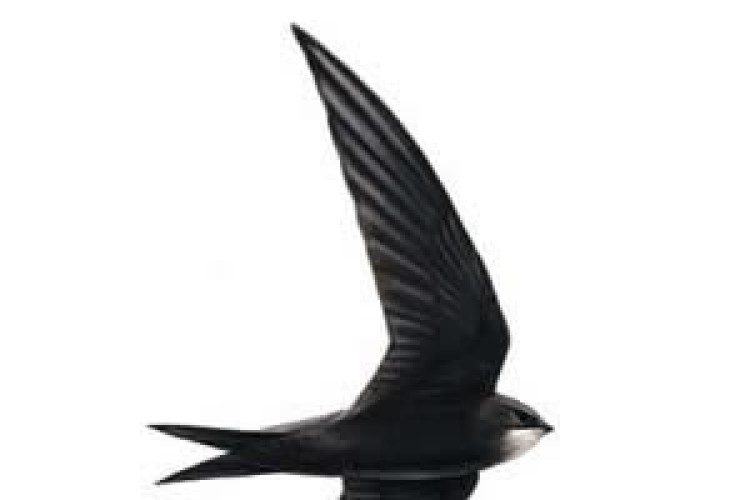Builders are being asked to consider including purpose-made nesting boxes or special bricks in their developments to help save these birds.
Swifts are in England for just three months each summer, then migrate to central and southern Africa. Although they are fully protected by UK and EC laws – it is illegal to kill or harm them, to damage their nests or take their eggs – their numbers are still dwindling.
John Smart, Essex co-ordinate of the Swift Conservation, said: “Swifts do no harm and make little or no mess. They eat flying insects such as aphids, flying ants, mosquitoes, hoverflies and small beetles, catching huge numbers every day. The parent birds also eat most of the chicks' droppings (possibly to recycle the mineral content); there are no great piles of droppings beneath their nests.”

He added: “While 10% of homes built before 1919 can house swifts, the figure for inter-war housing is 7%, and for post-1944 housing only 1.4%. This is because modern buildings deny swifts access to breed, and so do refurbished or re-roofed older buildings when their eaves are obstructed or sealed.”
Smart explained why the decline of swift numbers had accelerated in recent years: “The population is plummeting. Large sums of money have been given by the National Lottery to refurbish decaying historic buildings, sometimes sites for nesting swifts. More significant in terms of the numbers affected, since 1997 there has been a major refurbishment of social housing, a popular place for nesting swifts. Demolition of old buildings is also a cause of nest site loss; the replacement buildings invariably exclude swifts. On top of all that, it is now fashionable to convert old factories and warehouses into apartments and offices, and they too were often prime swift nesting sites. These old buildings are always refurbished or rebuilt to modern standards, with sealed roofs and walls, and no space left for harmless, beautiful and life-enhancing swifts.”
Guidance on simple measures that can be taken on building projects to help swifts is at www.swift-conservation.org.uk
Got a story? Email news@theconstructionindex.co.uk
.png)


